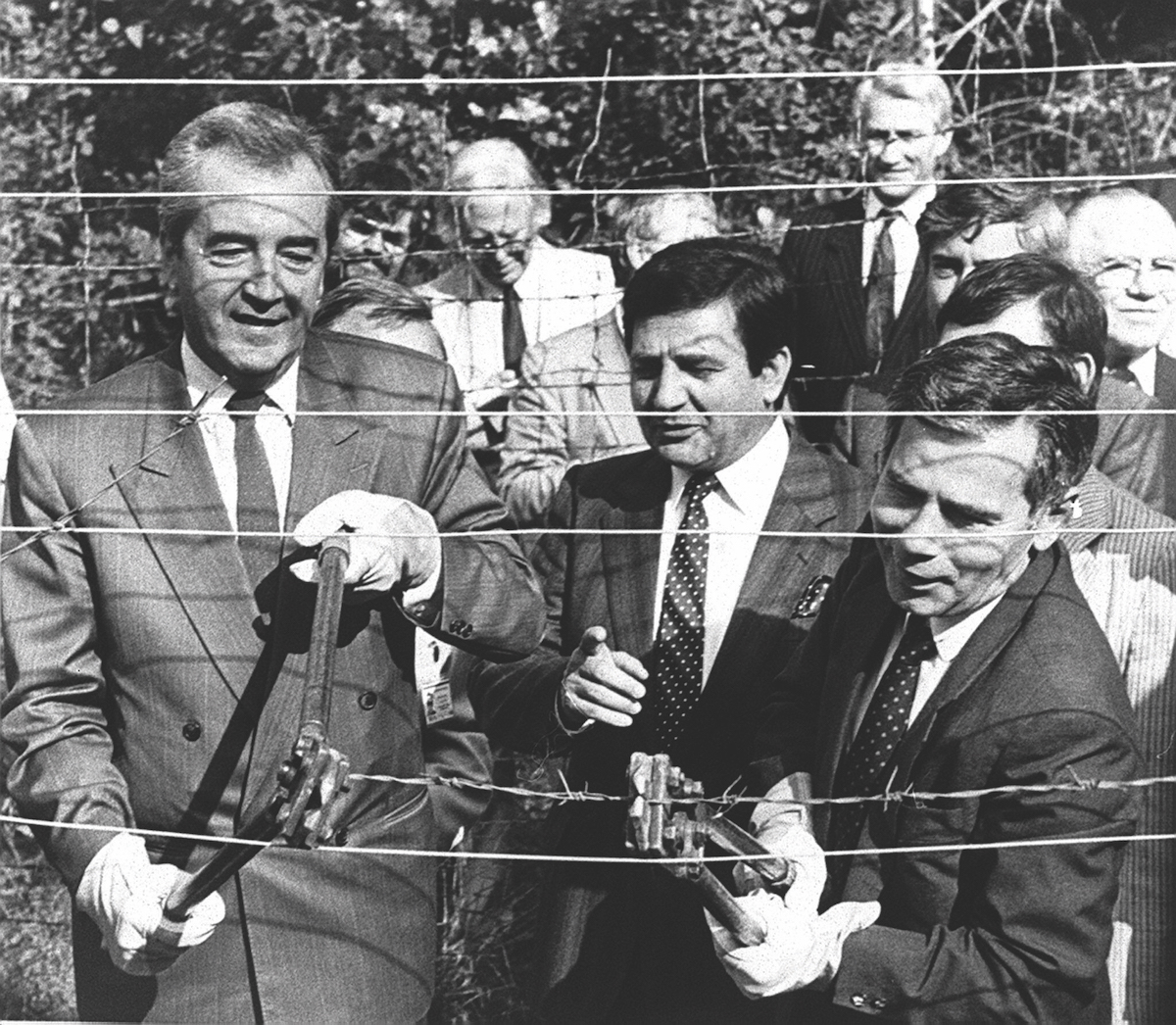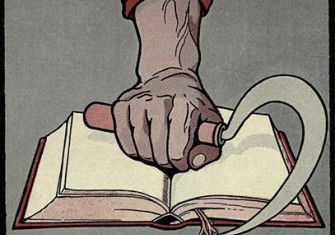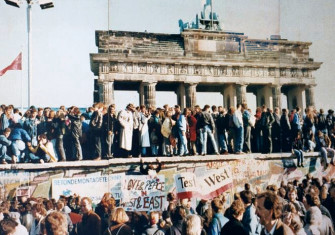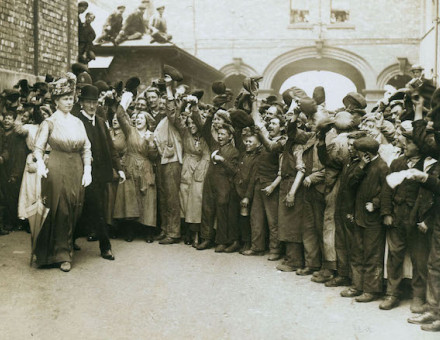‘The Picnic’ by Matthew Longo review
The Picnic: An Escape to Freedom and the Collapse of the Iron Curtain by Matthew Longo explains how Hungary came to play a key role in the collapse of communism.

It is a curious fact that Hungary – which has always possessed a deeply conservative culture – continues to avidly celebrate a number of its revolutionary moments, especially those that caught the world’s attention. The first of these came in March 1848 when Hungarians revolted against Habsburg centralisation, ushered in an era first of reform and then of brutal warfare, and turned their leaders, notably Lajos Kossuth, into international celebrities. The second came in October 1956 when Hungarians revolted against the Stalinist regime, exposed the lie that communism had popular support, and were celebrated by Time magazine which made the (anonymous) ‘Hungarian freedom fighter’ its ‘Man of the Year’. The third revolutionary moment arrived during the long summer of 1989 when a series of astonishing news stories from Hungary captured the world’s attention as the country dismantled the first piece of the ‘Iron Curtain’ that had imprisoned most of the peoples of Central and Eastern Europe within the communist dictatorships.
That process of reform bore its first fruits on 2 May when, ostensibly for financial reasons, reform-minded communist politicians in Budapest obtained Moscow’s approval to de-electrify the border fence with Austria. Initially, only Hungarian nationals were allowed to travel to ‘the West’, mostly on day-trips to go shopping, but on 11 September 1989 the entire border was opened to anyone travelling through Hungary. That led to a wave of pressure on other communist countries to open their own borders, culminating, on 9 November, with the East German border guards allowing the crowds to cross the Berlin Wall – the symbolic moment when communism visibly began imploding in Central Europe.
As Matthew Longo persuasively argues in this gripping account of how the Hungarian border was opened, a key precursor to the events of November 1989 came in the August that preceded it. On the afternoon of 19 August, a group of Hungarian activists took advantage of the liberalising atmosphere to hold a ‘Pan-European Picnic’ near the town of Sopron in the far west of the country. The plan was for Hungarians and Austrians living on both sides of the border to meet for food, drink and speeches as they symbolically cut open another section of the hated fence that they would then take home as souvenirs. In the resulting chaos up to 1,000 East Germans barged across the border. When again the USSR raised no objection, the Hungarian government felt confident enough to open the border to tens of thousands of other East Germans holidaying in the country, which unleashed the pressure for similar reforms across the entire Eastern Bloc.
Two critical points emerge from Longo’s account. First, that neither the picnic itself nor the larger process of opening up the border were simply top-down affairs. Instead, the events were driven by a vast range of actors, from the new Hungarian prime minister, Miklós Németh, desperately relying on his friendship with Mikhail Gorbachev to enact reforms, to an array of energetic activists dependent on their own extraordinary creativity. It is to the author’s credit that he allows as many of their voices as possible to be heard as he weaves together the story of what happened. Longo has a particular gift for painting vivid pen portraits of the men and women he has interviewed; it is their words which provide the bulk of the source material upon which this book is based.
Longo’s second critical point is that even in late 1989 nothing was inevitable about the fall of the Iron Curtain. The giddy excitement that drove reformers onwards was mixed with a disconcerting fear that everything they were achieving could – and would – be swiftly and brutally reversed. That fear is evident in the numerous stories Longo tells about the escapees who excitedly made their way to the Hungarian border while terrified of being repatriated to East Germany if their dream of reaching West Germany were discovered. There is a particularly chilling passage where the author writes about his research in the archives of the Stasi, the GDR’s notorious secret police, and examines the case of an East German who was caught attempting to cross the border earlier that summer by the Hungarian border guards and deported back to Berlin for interrogation and imprisonment. The fear of what the communist dictatorships were still capable of is manifest in the accounts of the reformist Hungarian politicians who constantly worried about the possibility of another Soviet invasion, and in the stories of those activists afraid that their own plans to cut open the Iron Curtain would be thwarted by the excessive caution of Hungary’s fledgling opposition parties and an uncaring, inflexible bureaucracy. Even on the day of the picnic itself, there was a moment when the border guards wondered whether they should open fire as the crowd of exultant East Germans surged towards the border fence.
The occasional error does creep in. The Technical University in Budapest was only one of the places where the 1956 revolution began on 23 October both inside and outside the capital; Transylvania was never ‘predominantly Hungarian’ – they made up just over a third of the population when it was seized by Romania in 1918; and the initial order to build the Berlin Wall came not from Khrushchev but from Walter Ulbricht, head of the GDR. None of this should take away from the value of reading this book. It is refreshingly fast-paced, effortlessly moving the reader from one place and moment to another in order to reveal a full picture of what was occurring in Central Europe in the summer of 1989. The book balances humorous details (at one point a part of the border fence had to be re-erected to take a photo of its dismantling) with bigger questions about the meaning of freedom that moments like the picnic help answer. For anyone interested in the collapse of communism this book’s account of how Hungary once again reshaped European history should be required reading.
-
The Picnic: An Escape to Freedom and the Collapse of the Iron Curtain
Matthew Longo
Bodley Head, 320pp, £22
Buy from bookshop.org (affiliate link)
Thomas Lorman is a lecturer in Central European History at UCL.






